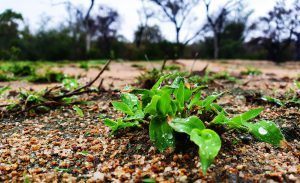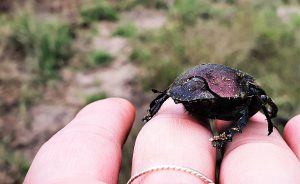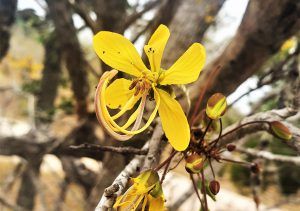I guess it is true that the majority of guests who come to Silvan are eager to see the “big” animals. Whether it is the traditional Big 5 or the large carnivores & herbivores, these are typically on their wish list of animals to see and we try our best to see as many of them as we can.
During the winter months, the bush takes on a brown, harsh and rather hard complexion. Most of the trees drop their leaves, the grasses turn a drab beige from the lack of rain. Despite this, it is a great time for game-viewing as the lack of foliage makes seeing the animals much easier.

However, as the first rains come through, the change in the bush is palpable and dramatic. Typically October is when we get the start of our rains and this year they have arrived right on time. The winds started to blow the collection of cumulonimbus clouds, which bring the mighty thunderstorms too. Within days we see new green shoots coming through, flowers start to bud and the bush immediately takes on a very different appearance. After the brown of winter, the greenness of the new growth is quite stark on the eye, but intensely beautiful too.
One of my highlights after the rains is watching the dung-beetles arrive in full force. They are on a race to produce the biggest dung ball to hopefully impress a female and get to mate. The determination they have is incredible and I love spending time with the guests watching these fascinating animals go about their business.

With the rains, we also start to see the migratory birds return to our beautiful lodge. And one is always of great significance to Silvan, the European bee eater. This stunning bird’s colourful plumage was the colour palette inspiration used in the lodge and is an absolute treat to see back at Silvan.

Around our lodge we have also been seeing the flowers on the trees bringing new life to Silvan. In particular the “Cassia Abbreviata” otherwise known as the sjambok pod has burst into a bouquet of yellow flowers attracting many different varieties of insects. Our second suite, Cassia, is named after this tree and the yellow/gold from this flower can be found elegantly weaved into the interior decor.

We always love spotting the big animals on safari, they are enormous and scary and raise the heart rate at times, but it’s often the little ones which crawl into your heart, show you something magical and make you fully appreciate how inter-connected everything in life is.